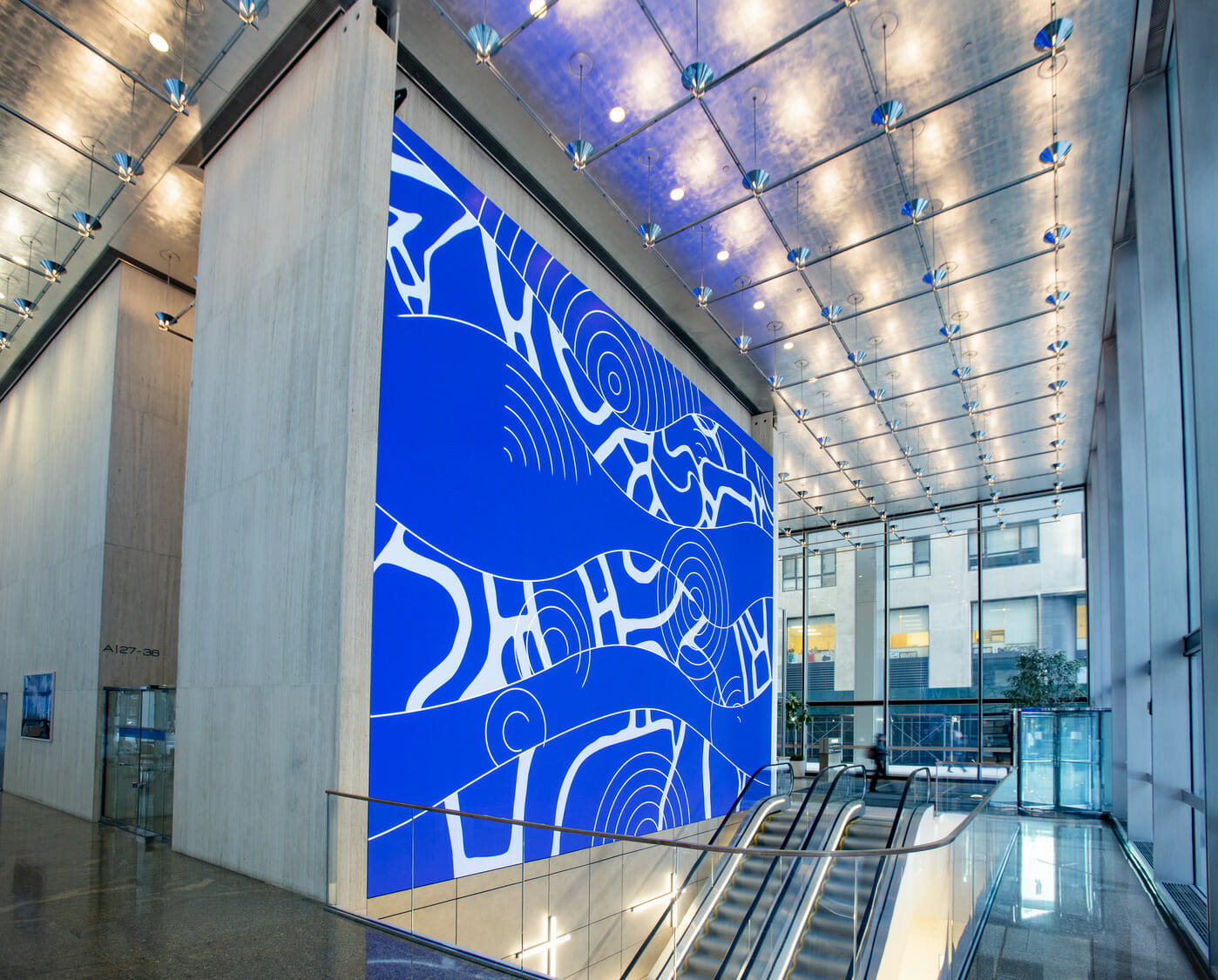Exploring the Effectiveness of Diverse LED Wall Calibration Methods for Ideal Sight Performance
Wiki Article
Light Emitting Diode walls have grown increasingly favored in multiple environments, such as theater venues, musical events, and business gatherings. These expansive screens provide lively hues and crisp images, making them ideal for visual presentations. However, to achieve the best visual performance, proper calibration of LED walls is essential. Tuning refers to the process of adjusting the display settings to ensure that colors, brightness, and contrast are accurate and consistent. Various tuning techniques can significantly influence the overall standard of the visual encounter, making it vital to investigate the efficacy of these approaches.
One frequent method for tuning LED walls is handheld calibration. This approach involves modifying the settings by hand, often using specialized tools and software. Technicians typically examine the screen's hue accuracy and luminosity levels, making adjustments based on their observations. Handheld tuning allows for a high degree of personalization, as specialists can adapt the parameters to the particular environment and content being displayed. However, this approach can be labor-intensive and demands a skilled technician to achieve best outcomes. In spite of its difficulties, handheld calibration can lead to remarkable display quality when done correctly.
Another common tuning method is the use of automated tuning. This approach uses software and sensors to measure the display's performance and make adjustments instantly. Automated tuning can conserve time and reduce the potential for manual mistakes, as the program can quickly analyze the display and implement the necessary modifications. This method is particularly useful in environments where the LED screen is often used for different types of material, as it can adjust to various lighting environments and content needs. While automatic calibration may not provide the identical level of personalization as manual calibration, it can still deliver excellent results for many uses.

A third technique worth mentioning is the use of hue calibration instruments. These devices, such as color measurement devices and spectrophotometers, measure the color output of the LED screen and help ensure that the hues shown are correct. By using these devices, technicians can detect any inconsistencies in hue representation and make the necessary adjustments. This technique is especially important for uses where hue accuracy is critical, such as in graphic design or film creation. Hue tuning tools can enhance the overall display performance of LED screens, ensuring that the viewers led wall calibration for performance venues sees the intended colors and elements.
In summary, the efficacy of various LED wall tuning methods plays a crucial role in achieving optimal display performance. Manual tuning offers customization but can be time-consuming, while automated tuning provides speed and consistency. Additionally, color tuning instruments help ensure accurate hue representation, which is vital for many applications. By comprehending and employing these calibration methods, specialists can enhance the display encounter for viewers, making Light Emitting Diode walls an even powerful instrument for interaction and entertainment. As technology continues to progress, ongoing study and evolution in tuning techniques will likely lead to more better display quality in the future.